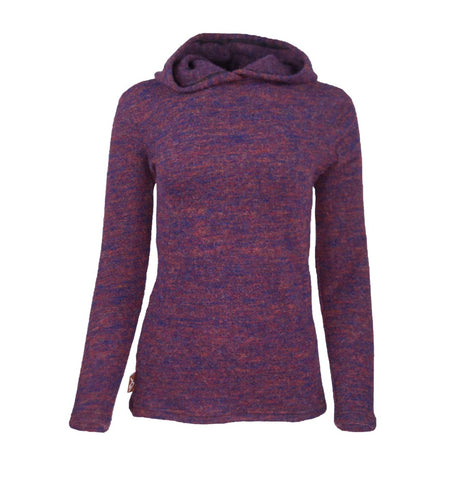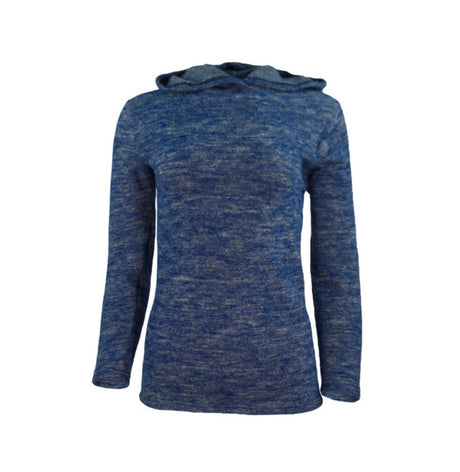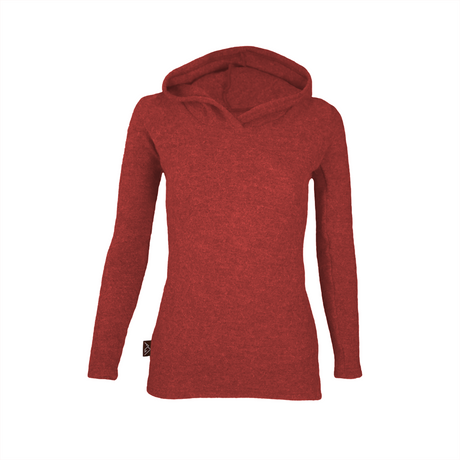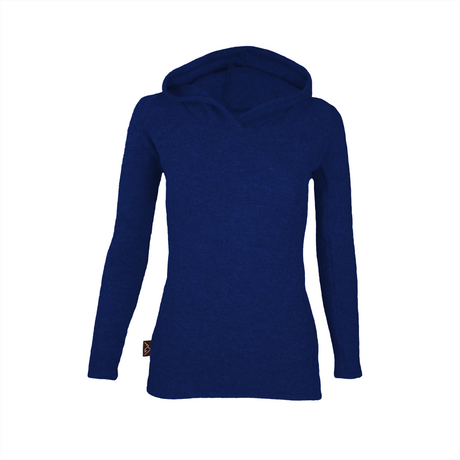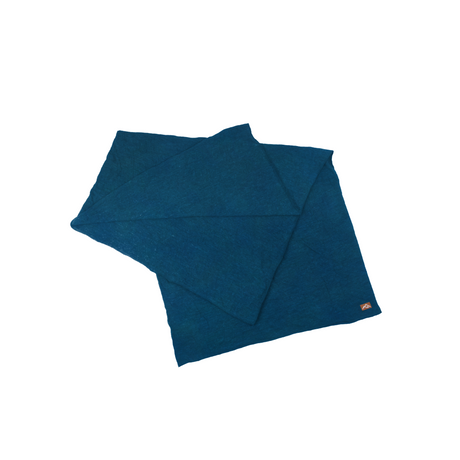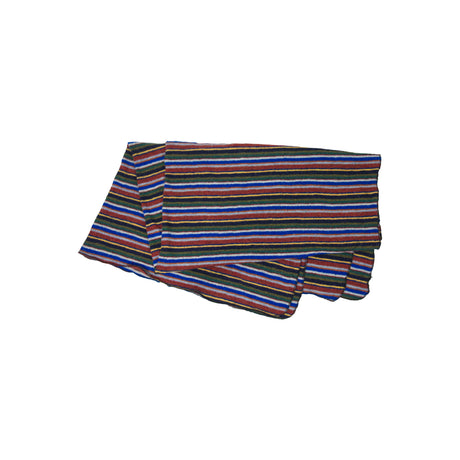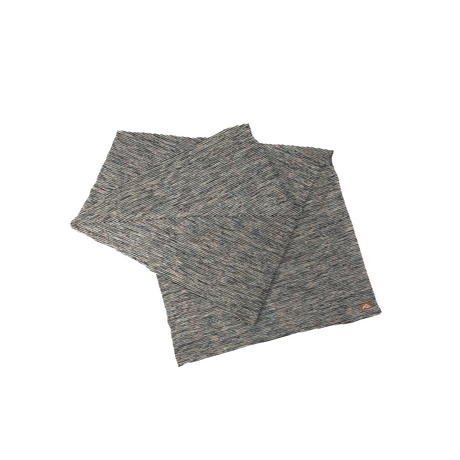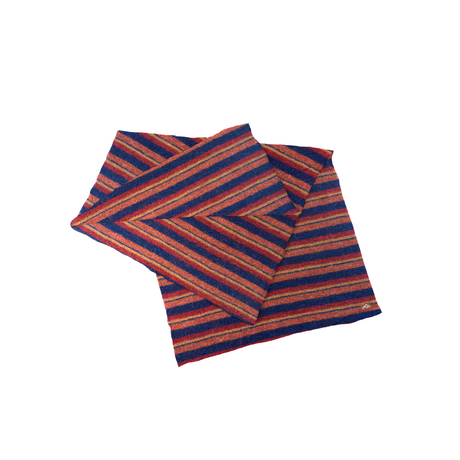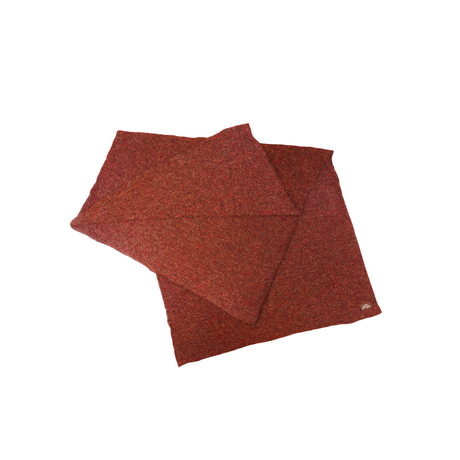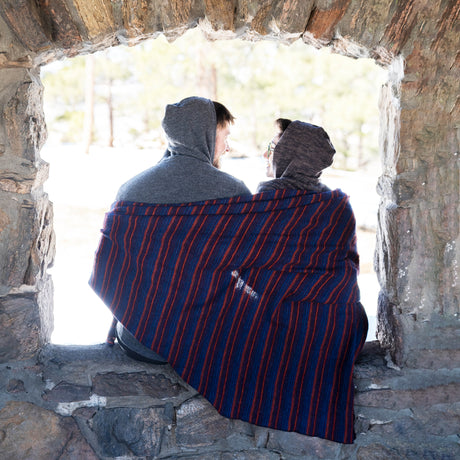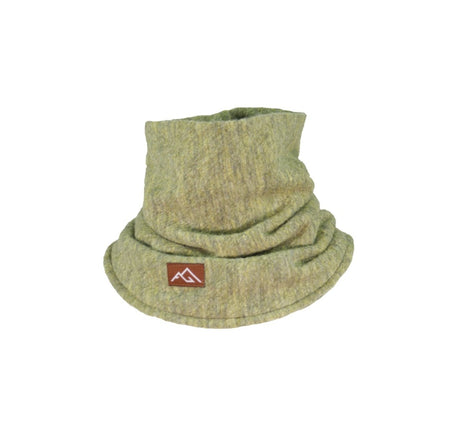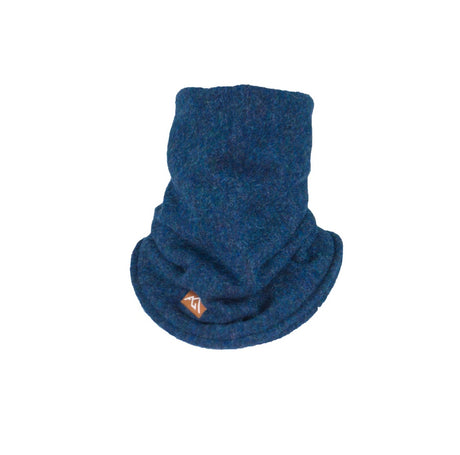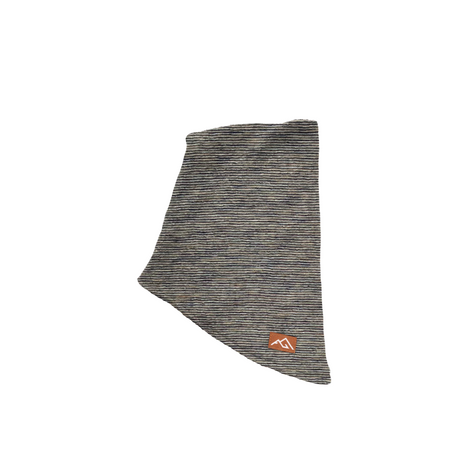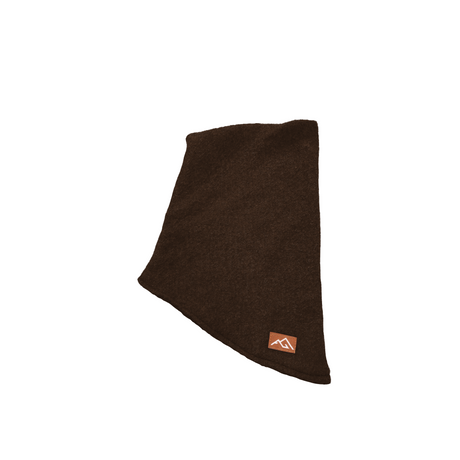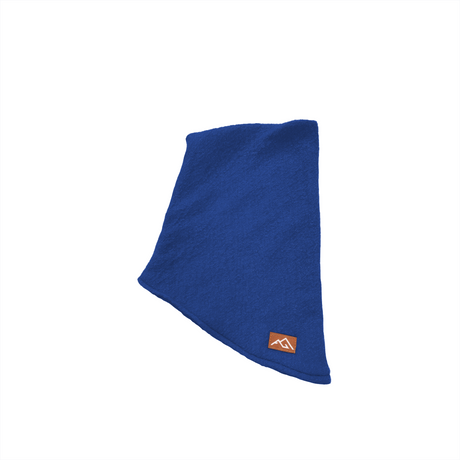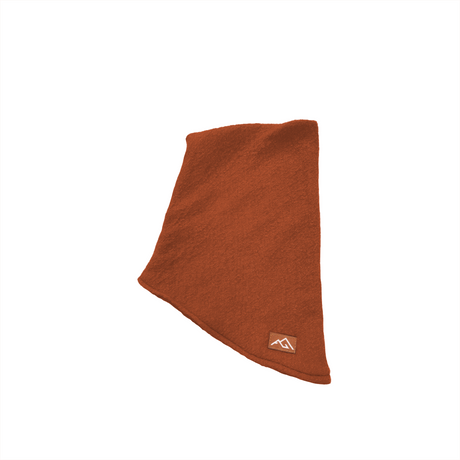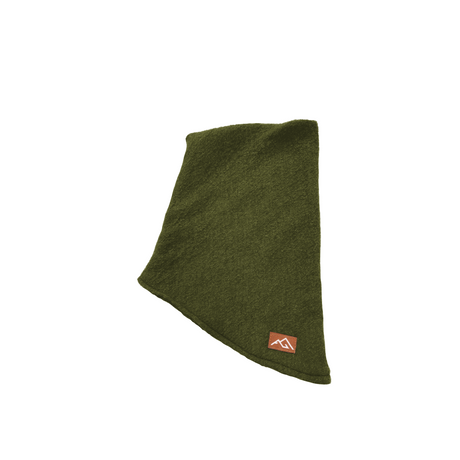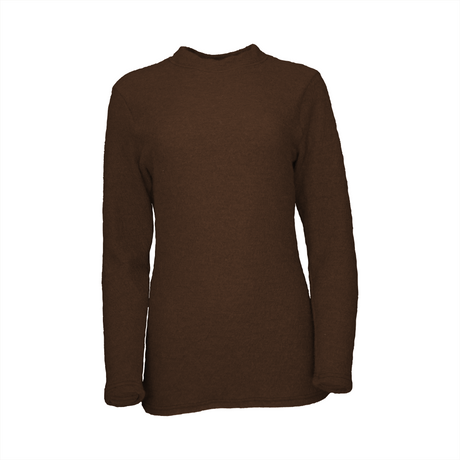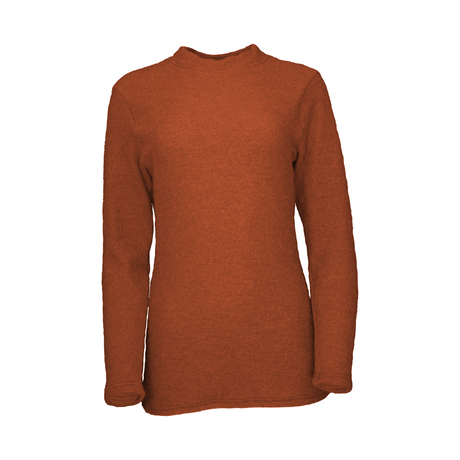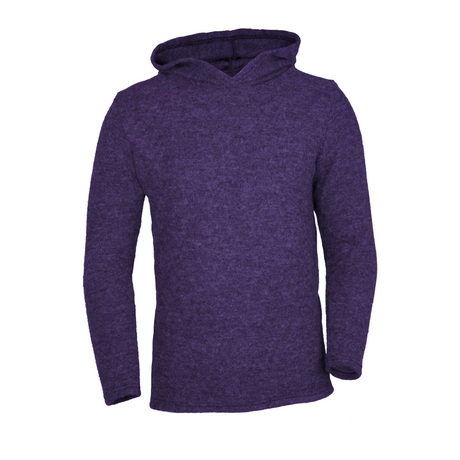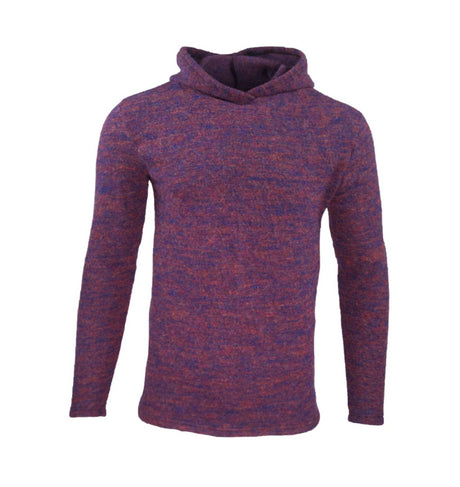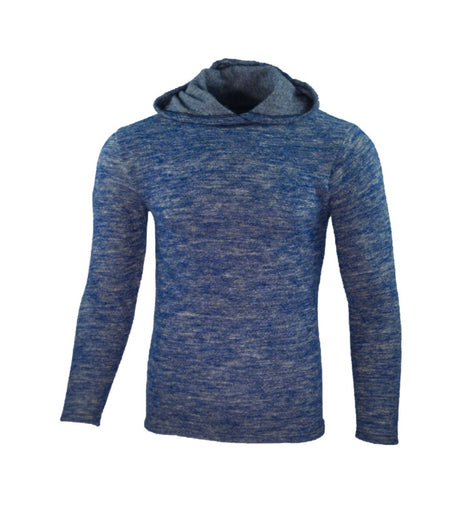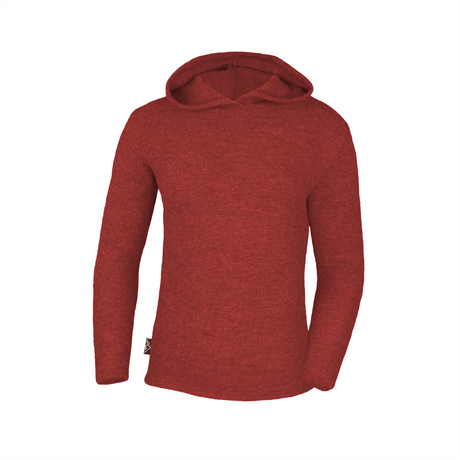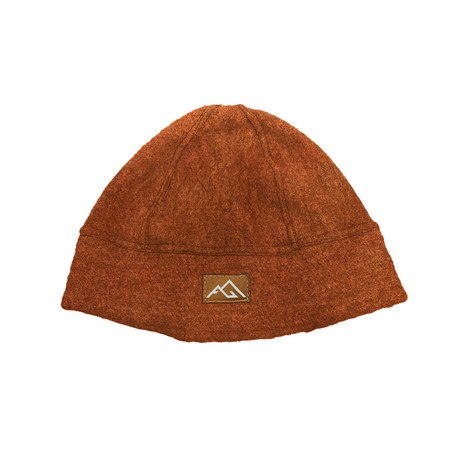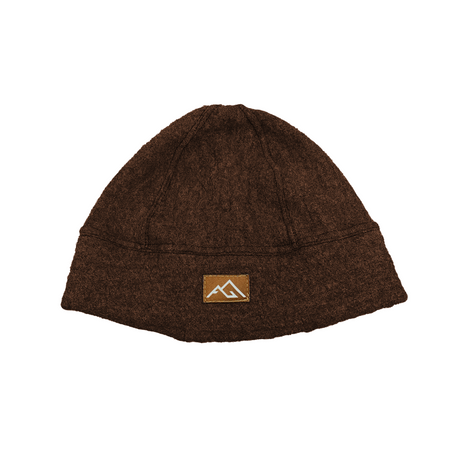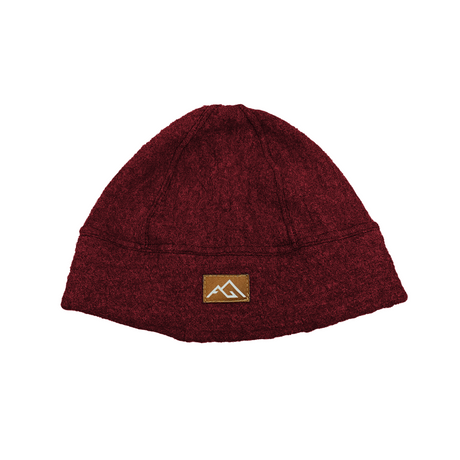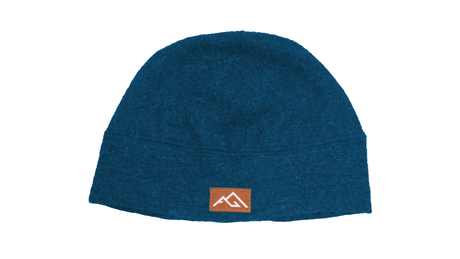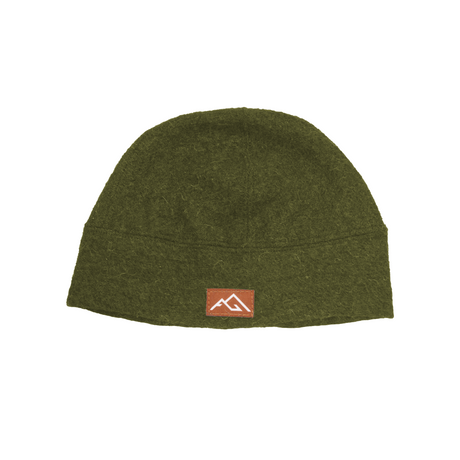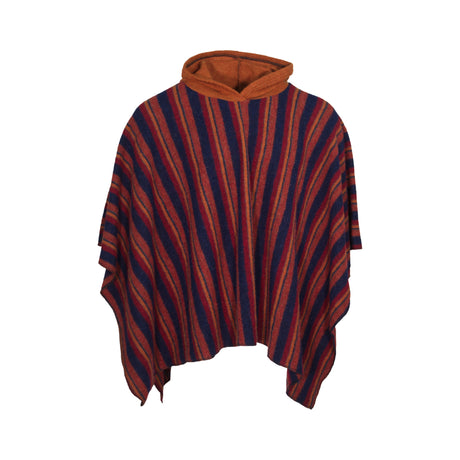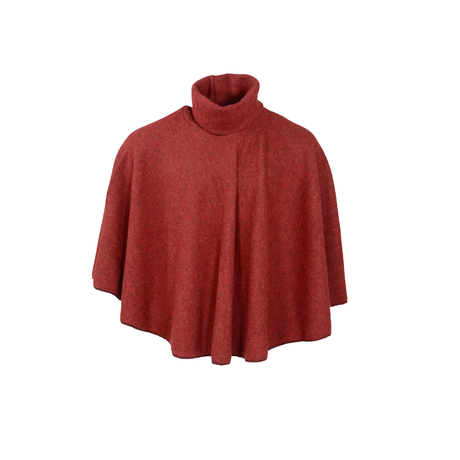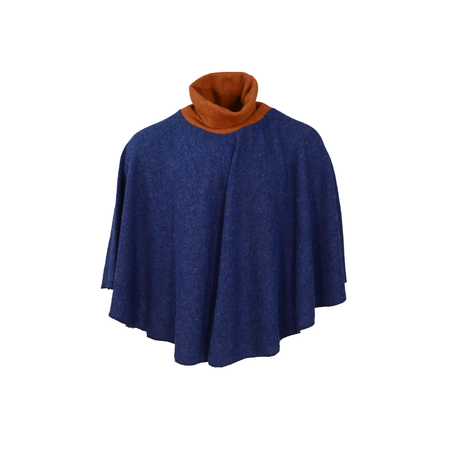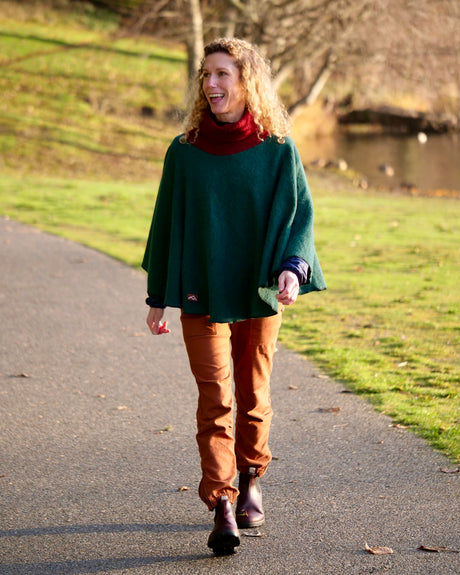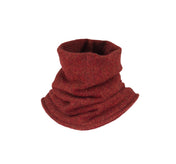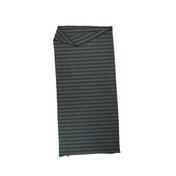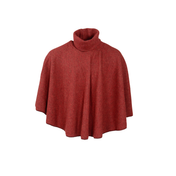By Arlette Laan
Five years ago, winter hiking filled me with trepidation. This fear was not unfounded as previous trips had me battling cold nights, cold toes, and generally left me worried about staying warm or getting lost.

One of those trips took place in February of 2006, when I found myself on the Appalachian Trail in snowy winter conditions. I hiked to a typical three-sided AT shelter and was looking forward to dinner, but managed to eat only one bagel with cream cheese and bacon since my hands were getting too cold and I didn’t want to get out of my sleeping bag to cook. I had a Snickers bar for dessert.

I used one of my hand warmers to heat up my back (although the wrapper said you're only supposed to use it for your hands) and later moved it around to my feet (this required a lot of acrobatics since I could barely reach my feet in the narrow sleeping bag). During the night I noticed some flakes falling on me but I decided to ignore them and put my head deeper in my sleeping bag. In the morning everything in the shelter was covered with a thin layer of snow. I had done all the right things to keep my clothes and shoes from freezing, but except for my wind shirt everything was either wet or frosty. My major mistake with my shoes was that after I took them out the bag that was in my sleeping bag, I left them unattended for a while. Result: frozen shoes. After hugging them for five minutes I was finally able to get my feet in, but comfortable they weren’t. My toes stayed numb for quite a while before exercise got the blood flow going again and I could stop worrying about frost bite. Several times I followed deer tracks in the snow. I liked the idea of not being totally alone out there, it was like a friend was walking with me. But that ‘friend’ got me in trouble as the tracks eventually led me off trail. But even on that trip I enjoyed the beautiful snowy landscape. When the sun came out, the snow was glistening in contrast with the brilliant blue sky. A big smile was on my face.

I had several more chilled trips after that, repeating the same experience. Beautiful scenery but struggling to stay warm and comfortable, especially while camping.
So when, in 2018, my hiking partner suggested we should hike all 48 4,000-footers of New Hampshire in winter, I half jokingly said: “Sure, but let’s do them all in one season so I’ll get it over with quickly.” I was not looking forward to being uncomfortable, but the idea intrigued me and it had always been so beautiful. While working on this peak bagging challenge I discovered I didn’t have to be cold! Going out so many times and with an experienced winter hiker, a whole world opened up to me! Tight layers around my bum and thighs did not keep the heat in but I had so many more hikes to go, I needed to figure out what would work for me. Cue the homemade fleece skirt! I discovered wool base layers, natural fibers that would keep me warm even if I got a little sweaty. More importantly I learned that I needed to have many layers; base layers, a main layer, a down layer, a wind and waterproof layer. I studied the art of layering and delayering. Getting sweaty going uphill? Take a layer off! Hitting tree line and going out in to exposed terrain with a possible wind chill? Layer up! Another factor while trying to stay warm is getting enough fuel and staying hydrated. Fuel as in snacks that won’t freeze up. That Snickers bar I relied on in 2006 actually has a tendency to freeze in cold temperatures so I switched to Peanut M&M’s and Reese’s Peanut butter cups. Soft cheeses and bacon work well, at least I had gotten that right early on. Regular water bottles won’t keep your water from turning to ice, so wrap them in an insulated sleeve. Better yet, get an insulated bottle and put hot drinks in it! Nothing tastes better than a hot cocoa at the summit.

Now that I had the layers and energy intake down, I just needed to check the weather forecast. In winter there are days that you simply shouldn’t be out there, especially when it comes to traveling above tree line. Wind chill can rob your body heat so quickly that before you know it you can’t function the way you need to to keep yourself safe. But pick a blue bird day for an open ridge walk and you are in wonderland. The snowpack smooths out rocky boulder fields sometimes, making the trail easier than in summer. The summer crowds stay home and it’s just you and a few other hardy winter hikers who get to enjoy the crystal-clear views, the sun reflecting on the snow, rime ice on the signs, and trees transformed into a white version of a Dr. Seuss illustration. It’s magical.



